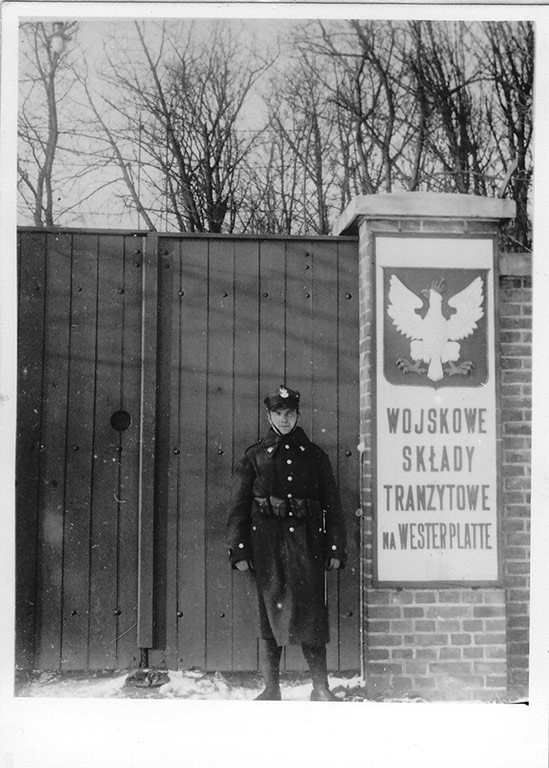The Military Transit Depot on Westerplatte was constructed in 1924 to enable Poland, that regained independence as a result of the First World War, to trans-ship military supplies within the Free City of Gdańsk. When the Germans invaded Poland on the morning of 1 September 1939, the Depot was their first objective and the attack is therefore considered to be the beginning of the Second World War. The small Polish garrison fiercely defended the Depot against infantry assaults and heavy bombardments by the battleship Schleswig-Holstein, Stuka dive bombers and land-based artillery. For seven days the defenders held out against overwhelming odds. Then they ran out of ammunition and their commander, Major Sucharski, was forced to surrender.
After the War, surviving defenders of the Depot placed a cross on the peninsula and created a small cemetery. At first the Communist authorities disliked this spontaneous veneration of pre-communist heroism, but since the late fifties they embraced it as useful propaganda for the People’s Republic. A monument to the ‘Defenders of the Polish Coast’ was erected in 1966. Five years later, in an emotional ceremony, Major Sucharski’s ashes were buried at the Westerplatte cemetery.
Westerplatte thus became a national monument for the Poles. Visiting heads of state and official delegations were often invited to Westerplatte, and mass military swearing-in ceremonies were held on its grounds. During the peaceful ‘Solidarity’ revolution in 1980, the cross which had been removed by the Communists was brought back. In 1987 Pope John Paul II chose Westerplatte for a meeting with young people.
